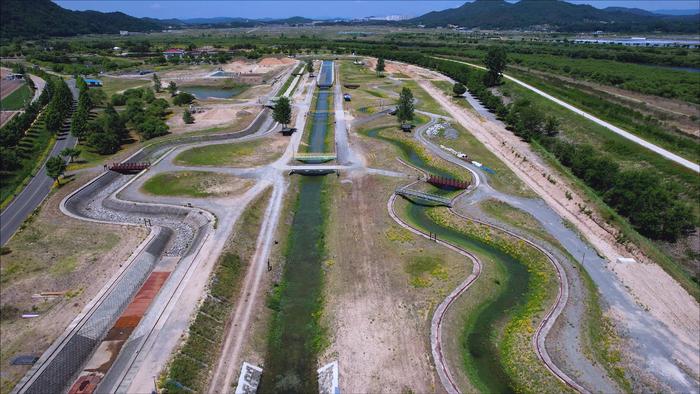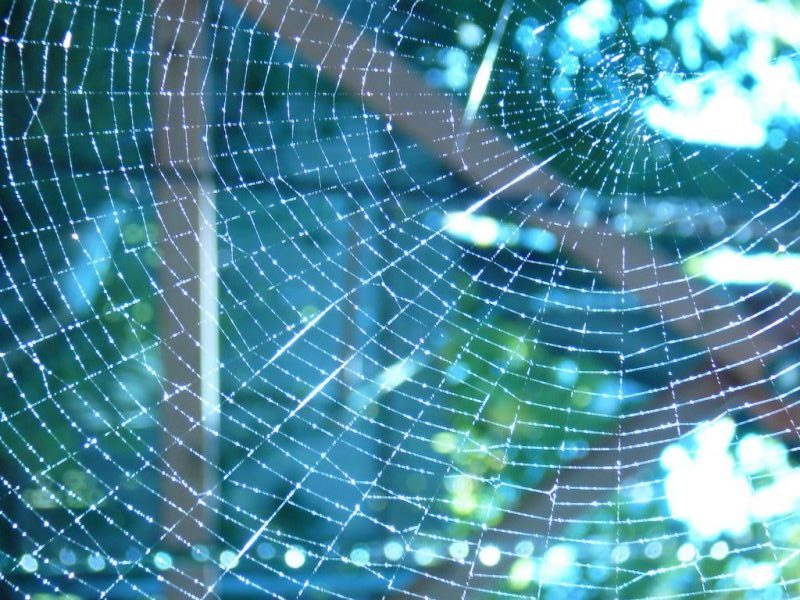The Secret to Hive Cooling: Symmetry in Design
Honeybees, nature’s industrious architects, have a clever trick for keeping their hives cool: symmetry. Researchers at Auburn University’s Smith Bee Lab have uncovered this secret, revealing how bees’ precisely arranged honeycomb cells optimize space and structural integrity. This symmetrical, hexagonal pattern not only maximizes efficiency but also enhances airflow, regulating temperature and humidity within the hive.
This feat of natural engineering showcases the intelligence and adaptability of honeybees. By studying their strategies, scientists gain insights that could inspire sustainable cooling solutions and innovative architectural designs.
Observing Bees in Action
To investigate this phenomenon, researchers placed honeybee colonies in transparent observation hives, allowing them to observe nest-building without disrupting the bees. Over time, they recorded 148 detailed maps of nests from six colonies, confirming that each cell in the nest had a matching counterpart on the opposite side of the comb.
Testing the Symmetry Hypothesis
The team then tested if bees required direct access to both sides of the comb to achieve this symmetry. They designed a special hive with a solid, non-porous base, allowing separate colonies to build nests independently without interaction. Surprisingly, even without contact, the colonies mirrored each other’s nest designs. This led the researchers to hypothesize that indirect cues, like heat, might guide this coordination.
Symmetry and the Rules of Life
“Symmetry is visible in many organisms at several levels, from the molecular to the full body, but this is the first work to show architectural symmetry at this superorganism level,” said Colette St. Mary, a program director in the NSF Directorate for Biological Sciences. “Identifying properties or behaviors that cut across biological scales like this helps elucidate the rules of life.”
Imagine buildings that self-regulate temperature, inspired by the intricate designs of beehives. This groundbreaking research opens exciting possibilities for sustainable and energy-efficient architecture.







